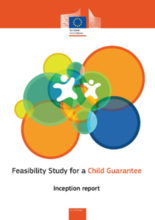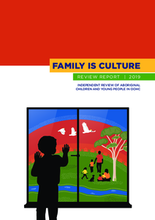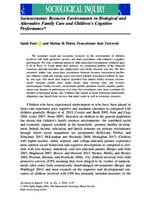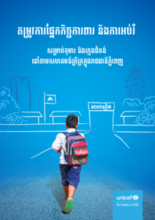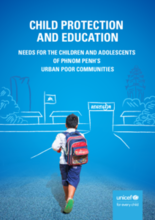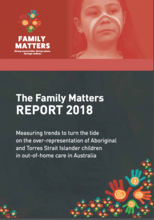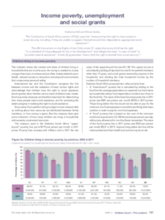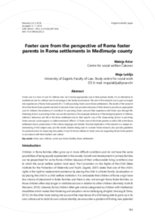Displaying 211 - 220 of 498
This report - prepared for the European Commission by Applica and the Luxembourg Institute of Socio-Economic Research (LISER), in close collaboration with Eurochild and Save the Children - provides a first mapping of the situation across the 28 Member States of the EU outlining the situation in relation to children, particularly the four target groups (TGs) of disadvantaged children (children in institutions, children with disabilities, children of recent migrants and refugees, and children living in precarious family situations) as well as an indication of the key issues in relation to children’s access to the five policy areas (PAs): housing, healthcare, nutrition, early childhood education and care, and education.
This Review is aimed at examining the high rates of Aboriginal children and young people in out-of-home care (OOHC) in New South Wales (NSW), Australia and the implementation of the Aboriginal Child Placement Principle (ACPP) in this jurisdiction.
The purpose of this article is to examine the current well-being of the population of Bulgaria and to put emphasis on negative trends, including the abandonment of children due to poverty or other causes.
The authors of this article examined social and economic resources in the environments of children involved with child protective services and their associations with children's cognitive performance.
This study examines child protection risks faced by preschool age children (3-5 years old) and adolescents (10-14 years old) in Phnom Penh, Cambodia and determines the interconnectivity between such risks and education.
This study examines child protection risks faced by preschool age children (3-5 years old) and adolescents (10-14 years old) in Phnom Penh, Cambodia and determines the interconnectivity between such risks and education.
Family Matters reports set out what governments are doing to turn the tide on the over-representation of Aboriginal and Torres Strait Islander children in out of-home care, and the outcomes for children and their families.
This chapter from the South African Child Gauge 2018 provides an overview of children living in poverty in South Africa, highlighting those living in households without an employed adult.
The aim of this research was to gain an insight into experiences of Roma foster parents with providing foster care in Roma settlements in Croatia.
This report has two aims: (1) examine how well African governments are delivering on their promises and commitments to children and (2) provide a comprehensive, quantitative and qualitative view of the current realities and trends in the state of child wellbeing in Africa, and their implications for the future.

